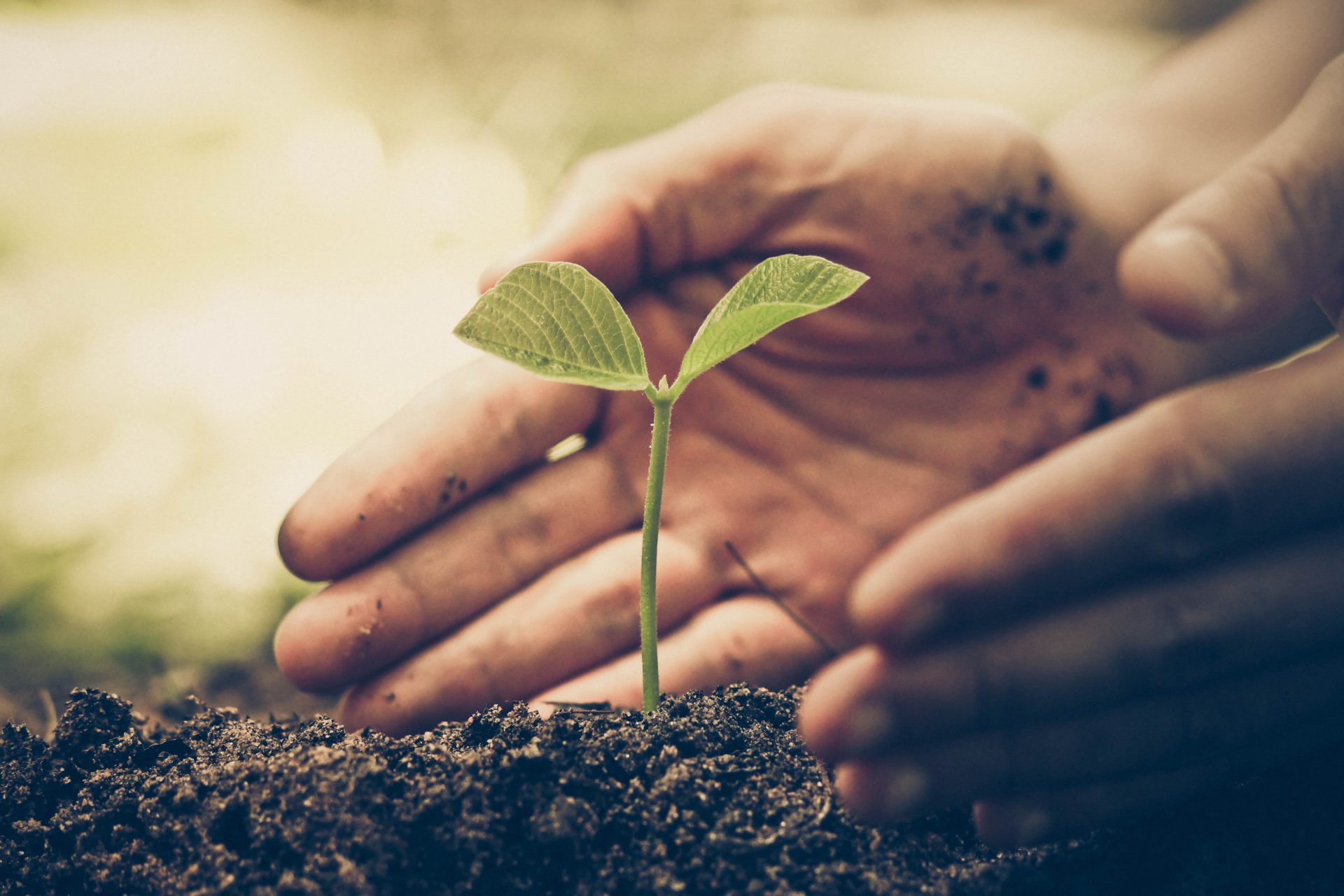Experience the healing effects of cajoling seeds into growth.
Gardening has been shown to have significant health benefits. A moderate intensity exercise, it is also a great stress reliever with a positive effect on mental health. Horticulture soothes the mind and soul by letting persons with dementia interact with the great outdoors and with others, allowing them to become nurturers and boost their sense of self. Back in 2003, research has shown that the reduced arousal and improved concentration from group gardening is beneficial for those in mental health units. With all these good reasons to do some horticultural therapy, let’s dig deep and get started with the basics of gardening.
Location, Location, Location
Taking your gardening exploits indoors might be the best idea in land-scarce Singapore. Not only does it overcome the need for space, it provides the same therapeutic benefits while purifying indoor air quality. Wooden palettes can be upcycled into creative space-saving planters where herbs and creepers grow to provide both organic ingredients for cooking and comforting foliage. If you choose to do gardening outside, pick a place that optimises the basic needs of sunlight, water and good soil.
Power Plant
From fragrant herbs to lush flowers, pick something that you are able and prepared to commit to. Most herbs are generally low maintenance, with chives and lemongrass being hardy and easy to grow. Tropical flowers like hibiscus are great for lifting gloomy spirits and adding a splash of colour to the lives of people with mental illnesses. If time is an issue, go for succulents that thrive with minimal watering and pruning. Remember to read plant labels to ensure
their suitability for your growing conditions.
Pump Up The Dirt
Healthy soil means healthy plants. Check the soil for its type and texture to determine drainage. Slow-draining soil is clayey, while fast-draining soil is sandy and rocky. Optimise drainage by mixing in peat moss or perlite, an amorphous volcanic glass that aerates the soil. Well-drained soil is key to growing healthy, happy plants, since waterlogged roots can cause rot, so be sure not to give this step a miss.
Mulch It Up!
One vital step before you get sowing is to cover the area with a two to four-inches thick layer of mulch. It helps to retain the moisture in your soil and prevents the growth of unwelcomed weeds. Your choice of mulch can range from chipped bark to composted manure and even shredded newspaper.



